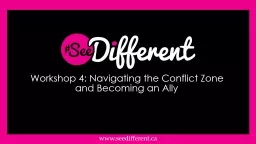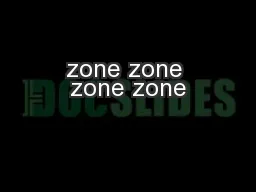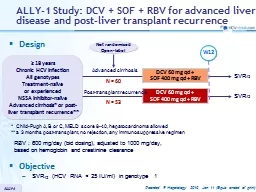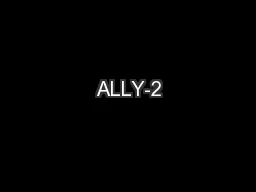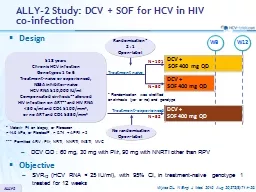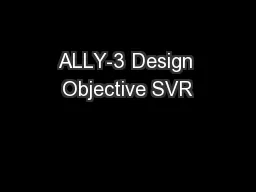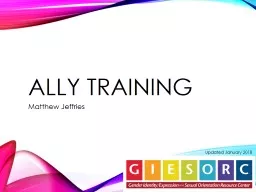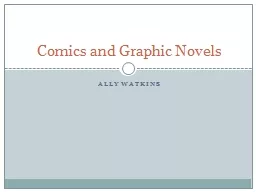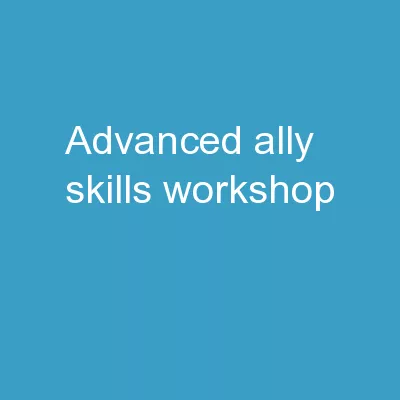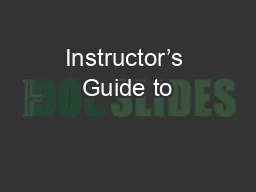PPT-Workshop 4: Navigating the Conflict Zone and Becoming an Ally
Author : karlyn-bohler | Published Date : 2018-11-10
Community Commitments Listening Right to Pass Appreciation Confidentiality Speak for Yourself Right to Ouch Key Points from Workshop 3 We all have filters that inform
Presentation Embed Code
Download Presentation
Download Presentation The PPT/PDF document "Workshop 4: Navigating the Conflict Zone..." is the property of its rightful owner. Permission is granted to download and print the materials on this website for personal, non-commercial use only, and to display it on your personal computer provided you do not modify the materials and that you retain all copyright notices contained in the materials. By downloading content from our website, you accept the terms of this agreement.
Workshop 4: Navigating the Conflict Zone and Becoming an Ally: Transcript
Download Rules Of Document
"Workshop 4: Navigating the Conflict Zone and Becoming an Ally"The content belongs to its owner. You may download and print it for personal use, without modification, and keep all copyright notices. By downloading, you agree to these terms.
Related Documents

